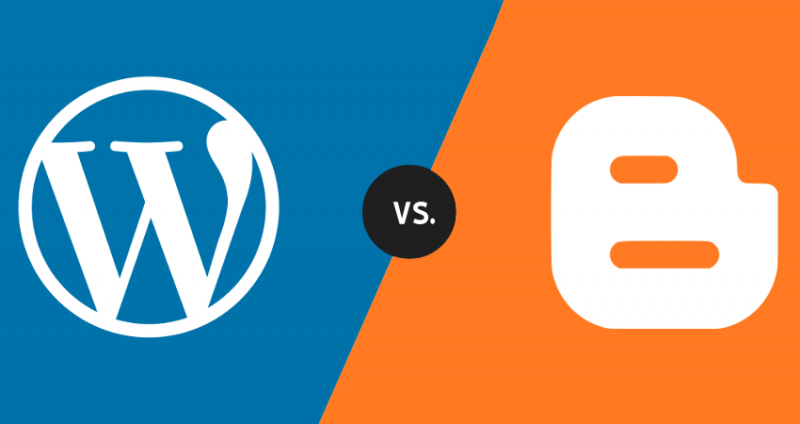Simple Tool to Manage your Content Flow
Do you work inside of WordPress and you have multiple writers or others who manage the content for your blog? Rather than messing around with spreadsheets and Google Docs, try EditFlow plugin for WordPress. EditFlow is a plugin that allows you to do things that are, for example, only visible for editors. Only the people that are editors can see the comment. You can have a dialogue right inside the post! It provides a searchable and sortable calendar so you can see all the articles that are written in an easy way. You can post “needs images” and other comments in the sidebar to manage your content flow.
Is it Too Late to Start Blogging?
As a new blogger, are you thinking is too late. People starting now to blog are not too late. It’s certainly more cluttered and there are a lot more blogs, but this opens up opportunities to network and grow faster. While there are a lot of people blogging today, there is no one that has the exact same set of experiences, stories, skills and perspectives. Harness what you have that is unique. It’s a great way to break through into the blogging industry.
Techniques to Attract and Engage your Blog Visitors
The editorial mix that goes into a successful blog varies. But for the most part, successful blog editors post one newsletter each week (on Thursday or Friday) with tips for the weekend. With a team of writers and a few guest writers, two original articles are posted daily. To engage with as many social networks as possible, it takes a lot of time. So, in order to succeed you must plan and strategically schedule your resources. During the week there is usually a “challenge” assignment for visitors to take-away and build upon the tutorials that are published earlier in the week.
Model for Blogging
People are much more likely to read tutorials if they have been inspired to do so. The key things that are used for success of a unique blog include a successful editorial model. Each blog is different, but for the most part this editorial calendar works.
Build three things into the editorial calendar:
- Information – 90%
- Inspiration
- Interaction
This is all free content. Four day a week posts, twice daily, plus a summary newsletter once a week to roll-up the tips and outline information posted during the week.
What Is Long-Form Content and Why Does It Work?
Long form content is a trend that is doing very well on blogs. Long-form content can be called “meatier” content. While typical news-friendly content includes articles with 500-800 word range, long-form content is different. A typical blogger’s average piece of content was around 1,000 words or fewer. Articles focused heavily on SEO, including keyword optimization. The only problem with this strategy? Bloggers were getting a lot of search traffic, but not a lot of return traffic, direct traffic, or brand searches, and user engagement metrics – stuff like bounce rate and time on site – were pretty low.
Long-form content, on the other hand, isn’t just rewarded by the search engines – it also resonates with readers. By creating longer, more in-depth content that provides tons of value to an audience, bloggers’ content strategy has seen success with improved engagement metrics.
Ideal Blog Content Size
Based on statistical data, the ideal blog post takes seven minutes to read and is around 1,600 words long. This is not light reading but is well worth the extra time and investment because some blog editors report that with long-form content, the average time on site has more than tripled!
Extra Content Ideas
Contests (with a prize) and polls (or discussions) are important. Community and engagement is key. Anything you can get a reader to “do” on your site is important. Second, it teaches you a great deal about your readers. At the end of the month, a monthly poll with a follow-up post to re-visit the data is useful to readers. Additionally, other blogs will consider your content good research data that they will want to link to.
Forums – although a bit of old school technology, is still interesting for readers. Readers can have discussions and show off some of their own ideas. Forums are easy to setup and in most cases, your web hosting provider will offer you a free tool that is easy to use.
Plugins for Functionality Improvement
With the growth of long-form content, the user scrolls down to read the entire article. This causes the sidebar items, in most cases, to scroll up or disappear temporarily. The ability to keep some of the most important sidebar items visible and remain persistent is a great solution to add to an existing blog.
- Floating Sidebar
- Lightboxes
- Exit live boxes
- End of post boxes appear
- What do you want the user to see when they get to the end of the page? If you can deliver something different there, you can increase page views or newsletter subscribers.
Monetizing your Website
There are heaps of ways that you can monetize your content. If you are limited to only a few and can’t spend too much time testing all the monetization options available, then you can limit your energy to eBooks and affiliate links.
Web Hosting for Blogs
While most bloggers are using WordPress. For the most part, all web hosting providers offer WordPress for free. The question as to whether you need a bargain basement web host or a partner that actually specializes in WordPress with plugin assistance or migration help may be necessary. Every blog is different and which type of web hosting you use is something that you, the business owner, will need to decide. Build a brand that advertisers will want to align with and even with small traffic, if you have really good topics, you can earn a nice living with your blog.






